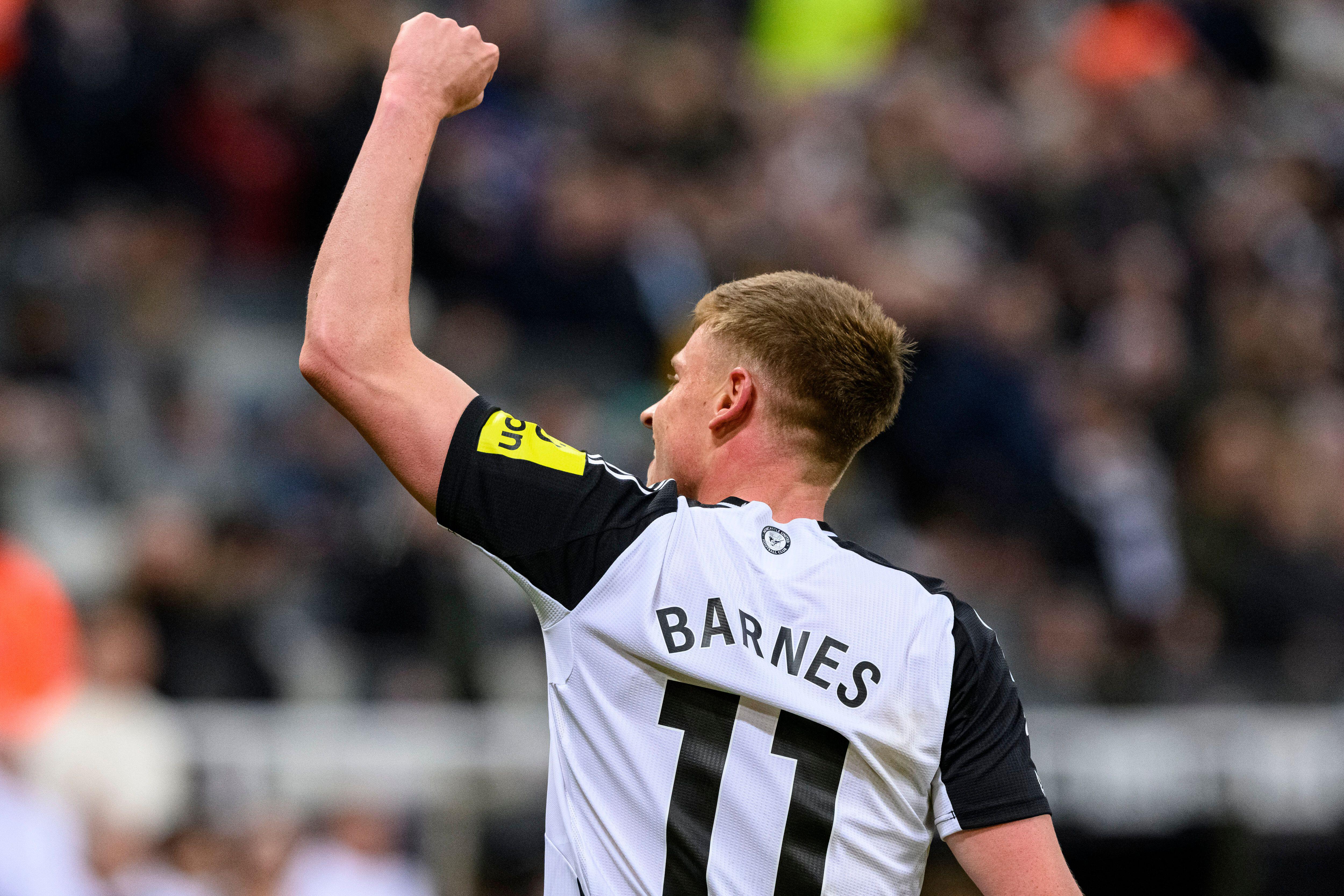Are Marcelo Bielsa's Leeds Premier League innovators – or throwbacks?
Leeds United boss Marcelo Bielsa isn't doing anything original – but it still feels very new in the modern Premier League

Marcelo Bielsa can be both a mystery and an open book. The manager whose secretive quest for knowledge led to ‘Spygate’ will often happily reveal his team 48 hours before kick-off. His teamsheet is no guarantee of a formation and not merely because his players’ formidable fitness levels can take them all over the pitch. Deciphering the shape sometimes only comes after kick-off.
Leeds both look to impose themselves on the opposition and alter system because of them. A key to understanding Bielsa is to recognise the exception to his policy of man-marking all over the pitch lies at the heart of defence, where he wants a spare man. So if Leeds face a team with one striker, they will have a back four, usually in a 4-1-4-1 formation. Encounter a side with two up front, and he will pull Luke Ayling infield or Kalvin Phillips deeper as a third centre-back, sometimes in a 3-3-3-1 shape that few others dare emulate.

The innovation does not end there. Bielsa’s conception of a wing-back involves more of the former than the latter. Leeds have faced Sheffield United and Wolves, purveyors of 3-5-2. Bielsa’s chosen wing-backs have been Jack Harrison and Helder Costa. If the Englishman’s relentless running and diligent tracking back suggests he has the attributes of a wing-back, his background is entirely in midfield. There is technical term for Costa, however, and it is “winger.”
It is all the more intriguing as Bielsa’s squad contains a couple of more natural wing-backs. But Gjanni Alioski played a solitary minute in those two matches. Stuart Dallas played all 180, but in the centre of midfield. The left-back when Leeds play 4-1-4-1 – in itself a consequence of Bielsa’s gift for reinvention – the ultra-versatile Northern Irishman is the player whose role changes most in the switch of system; he tends to adapt seamlessly.
There can be method to Bielsa’s apparent madness. Wing-back can be a hybrid role, but virtually all of its practitioners are more one thing than the other. Sheffield United and Wolves’ wing-backs (George Baldock, Enda Stevens, Romain Saiss and Nelson Semedo) are more defenders than attackers; by using players for whom the opposite applied, Bielsa tried to pin them back. It was another way to play front-foot football.

There is a sense in which Bielsa has operated in his own world, outside the parameters of what others thought were possible. There are comparisons with his own past; Jean Beausejour operated on the left in Bielsa’s 3-3-3-1 for Chile and was subsequently signed as a wing-back by Roberto Martinez, but perhaps no other Premier League manager then would have taken that decision. Pep Guardiola has occasionally selected teams without defensive width; most notably, and unsuccessfully, in Barcelona’s 2012 Champions League semi-final exit to Chelsea. His formation at times against Arsenal on Saturday bordered on 3-3-3-1.
In a way, though, Bielsa is a throwback to an earlier age. He is a vocal admirer of Louis van Gaal’s Ajax, and Euro 96 featured some wing-backs who were not really wing-backs: Pavel Nedved, Ronald de Boer, Darren Anderson and Steve McManaman at times. It was facilitated by a tournament with a surfeit of fine attacking midfielders, but few out-and-out wingers, which reduced the need for full-backs. If such ideas fell out of footballing fashion, by the 2010 World Cup Bielsa felt a man out of time, playing a back three when everyone bar Algeria and New Zealand had a quartet, and did so with Beausejour, a wing-back who wasn’t really a wing-back. A decade on, Costa has that status in Bielsa’s Plan B. It is defiantly different and idiosyncratically original and yet borrowed from Bielsa’s past.
Get FourFourTwo Newsletter
The best features, fun and footballing quizzes, straight to your inbox every week.
While you’re here, subscribe to FourFourTwo and save 48% – available until Christmas. It’s the perfect gift idea for anybody who loves football (including yourself)!
READ MORE...
QUIZ! Can you name the World Cup final line-ups from 2018?
GUIDE Premier League live stream best VPN: how to watch every game from anywhere in the world
Richard Jolly also writes for the National, the Guardian, the Observer, the Straits Times, the Independent, Sporting Life, Football 365 and the Blizzard. He has written for the FourFourTwo website since 2018 and for the magazine in the 1990s and the 2020s, but not in between. He has covered 1500+ games and remembers a disturbing number of the 0-0 draws.

